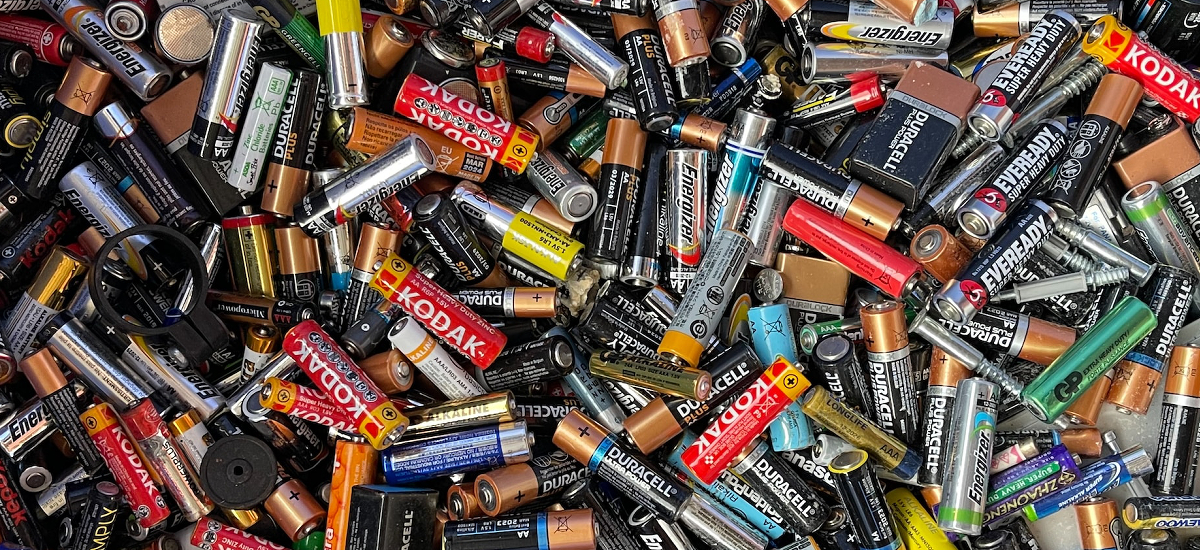
 Your Credit Estimate
Your Credit Estimate
 Your Credit
Your Credit
Your zip code helps us provide you with the most accurate vehicle pricing and vehicle availability.
We estimate your credit score to give you an idea of your monthly payments. To get an accurate payment amount, complete our credit application by clicking the Start Credit Application button below.
start credit application
For years, automakers have been debating over battery-electric vehicles (BEVs) battery cells and how to best design the power source for the future. BEVs are the new hot take for the industry and will soon populate the market like never before. That means finding ways to make more powerful, yet affordable, BEV batteries. Whether cylindrical BEV battery cells or large pouch cells were the answer was once the topic for debate. Now, all eyes are on whether solid-state battery technology is the right way to go or if there is another design that can reap the benefits – semisolid-state batteries.
For many years, solid-state battery technology has been viewed as the “holy grail” of BEV battery technology. Automakers and supplies have made large investments in the development of solid-state batteries, expected to be able to provide a longer all-electric range (AER), faster charging times, reduced fire risk, and lower costs. Early 2023, General Motors expanded on a deal with U.S. startup Solid State to add an R&D license to its previous deal to begin prototype solid-state cell production. Solid Power is just one of the many companies trying to capitalize on the best solid-state battery design to reach the next breakthrough in BEV power sources.
Other automakers are starting to see another option. What if semisolid-state batteries could afford the same benefits? Not only this, but semisolid-state batteries would be much easier to commercialize, making them more profitable for whoever is producing them. But what are semisolid-state batteries? With that in mind, what are solid-state batteries?
In today’s world, modern battery cells are flooded with liquid electrolytes. Lithium ions are moved around through a separator they can permeate between the anode (the negative electrode) and the cathode (the positive electrode). The quicker they can move, the more energy can be used to charge and discharge the BEV battery, or in the case of solid-state versus semisolid-state, which can increase the amount of energy stored in the BEV battery more efficiently. A solid-state battery utilizes a solid electrolyte separator and requires a nearly perfect attachment to move the ions around. A semisolid-state battery would use less liquid, maybe even a gel, to allow the ions (electrically charged atoms) to diffuse faster between the anode and cathode.
"Semisolid isn't a pipe dream. It's just around the corner, and it's feasible and has many of the benefits of all-solid-state," - Max Reid, principal analyst at Wood Mackenzie, an energy research and consulting firm
Both, solid-state and semisolid-state batteries are designed to do the same thing. The current argument is which type can do it better. At the moment, no BEV battery company has been able to commercialize either technology for the U.S. market, despite various startups developing BEV batteries with small amounts of liquid or gel. Then, there are automakers trying a different route altogether. Samsung SDI and Stellantis are working on the development of solid-state batteries made with a ceramic or polymer electrolyte versus a liquid or gel. How this would benefit the whole diffusion of electrically charged atoms is anyone’s guess – Solid Power is even working on its owner powder electrolyte on the side.
Either way, you look at it, both solid- and semisolid-state batteries are safer than the lithium-ion batteries in the BEVs of today. Due to their increased energy density, they are also more powerful and can provide larger AER. Some automakers are calling solid-state batteries a dead-end, and others argue it’s the best version of BEV batteries to date. The advances in semisolid-state batteries are just starting to shine, but they’re also much closer to commercialization than solid-state batteries could wish for.
Only time will tell. Want to keep up with advancements in BEV technology and other cool car tech? Follow along with us on NowCar social media.